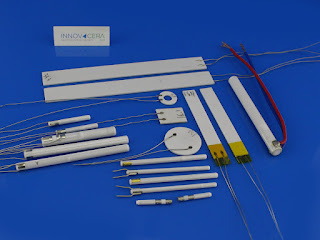What are the applications of boron nitride in the nuclear industry?
What are the applications of boron nitride in the nuclear industry? 26 Apr, 2024 at 9:40 am Edit Boron nitride is a crystal composed of nitrogen and boron atoms in a variety of variants, and has a wide range of applications in fields such as electrical engineering, metallurgical industry, chemical industry, aerospace, automotive industry, nuclear industry, healthcare and laser technology. Boron nitride has excellent properties, such as high thermal conductivity, electrical insulation, corrosion resistance, abrasion resistance and lubricity, which make it play an important role in different fields. Boron nitride is a widely used material in the nuclear industry and other fields. 1. Neutron absorption properties: Boron nitride has a high absorption capacity for neutrons, so it is widely used in control rod materials for nuclear reactors. When the thickness of hexagonal boron nitride grown from natural boron source reaches 1mm, the capture rate of thermal neutrons can reach about 100
